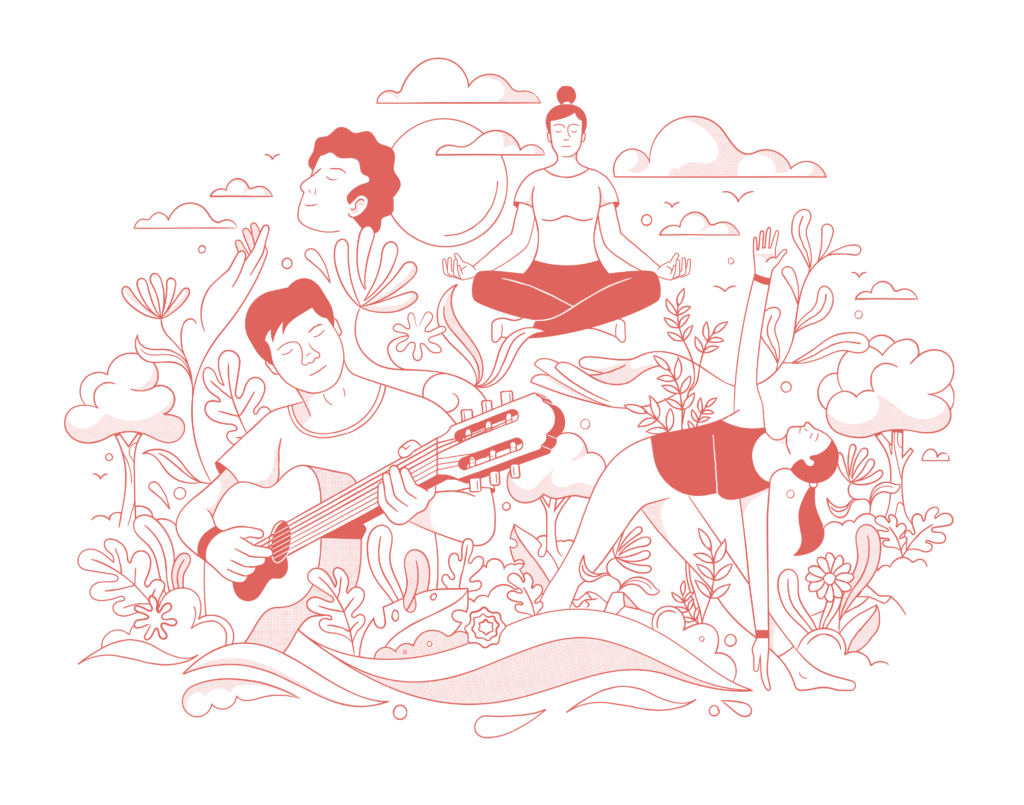For almost two months 14-year-old Cooper has been bedridden.
The teenager is recovering in Canberra’s Centenary Hospital after a serious car accident left him with a broken leg and pelvis.
But a new program will mean patients like Cooper can heal not just through medical treatment, but through music.
For the next six months, the hums and beeps of hospital machines at the Centenary Hospital will be replaced by notes from a didgeridoo, as part of a new program funded by the Canberra Hospital Foundation.
The program will give hundreds of patients the chance to enjoy music for one hour each fortnight as they navigate their roads to recovery.
‘To see Cooper smile, that’s what it’s all about’
Cooper was one of the first patients to take part in the program — he was yesterday met by local musician and Wiradjuri man Roy Peterson.
Cooper’s father Rob said Mr Peterson’s music had punctuated a difficult couple of months for his son.
“It’s been a long time lying in bed and it’s hard to stay motivated,” Rob said.
“Anything that gets Cooper up and interested is really good for him, the music is really good for him.
“To see him smile, that’s what it’s all about.”
Although Cooper conceded that most of the time you were more likely to hear rap music emanating from his headphones, the high school student said listening to the didgeridoo was special.
“I cherish music,” he said.
“I really enjoyed listening to it. It’s something I’ll always remember.”
Sounds that heal
From this week, Mr Peterson will roam the wards of Centenary Hospital with his didgeridoo and play to patients in the hope of bringing “calm and relaxation”.
“It heals me too,” Mr Peterson said.
“That sound and that connection, that’s a part of healing.”
The program was spearheaded by a former executive director at Canberra Health Services, Tina Bracher, who saw a didgeridoo player play to sick children during NAIDOC week and was moved by its effect on the patients.
“The gentle playing of the didgeridoo when we were walking past really sick people and very anxious families was soothing for those families,” Ms Bracher said.
“When we walked past kids who were a little more active and he made bird sounds, the kids had such excitement in their eyes — they lit up.”
The sweet sound of recovery
Australian National University senior lecturer Dr Bonnie McConnell said music had long been used across the world to help sick or injured people through their recovery.
“If you think about the sound scape of a hospital, a lot of those provoke a stress response,” Dr McConnell said.
“The sound of the machines, the people in the hospital make us feel on edge, make us stressed, and slow down the recovery process.”
Dr McConnell said although classical music was often associated with relaxation, traditional or alternative forms of music could just as easily create a sense of calm.
“We often talk about this idea of psychological flexibility,” Dr McConnell said.
“Music can allow us to shift from a negative state to a more positive state.”




